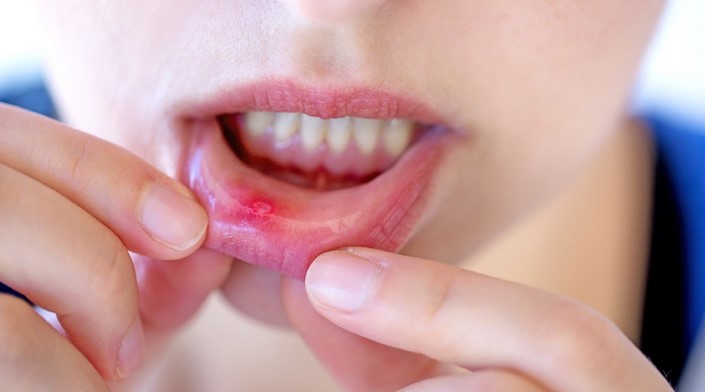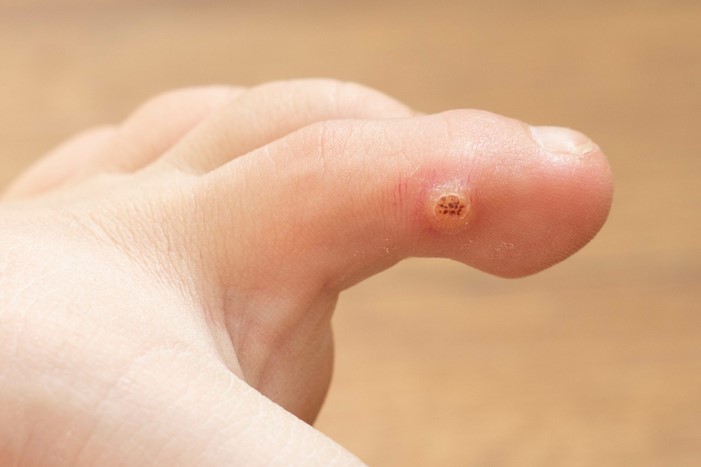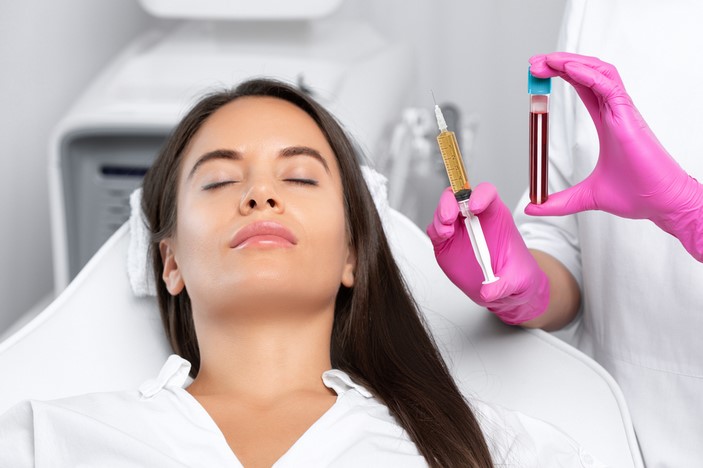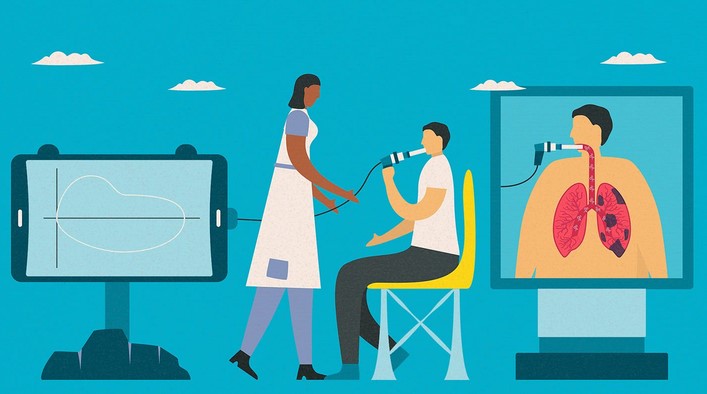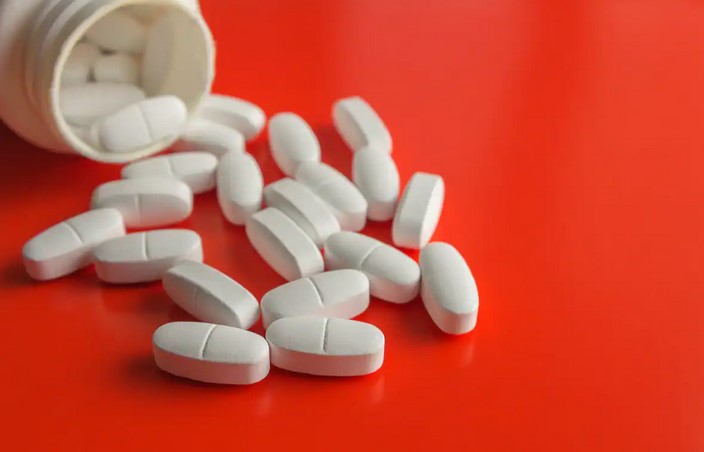
Solumedrol, also known as methylprednisolone, is a potent corticosteroid medication used to reduce inflammation and suppress the immune system. It is commonly used in the treatment of a variety of conditions, including allergic reactions, autoimmune diseases, and certain types of cancer. This medication works by mimicking the effects of hormones your body naturally produces in your adrenal glands. Understanding Solumedrol involves knowing its uses, side effects, dosage, and how it interacts with other medications. It is a powerful drug that must be used under the supervision of a healthcare professional due to its potential for serious side effects.
Unveiling the Mystery of Solumedrol: A Comprehensive Guide to this Steroid Medication
Solumedrol, a potent corticosteroid medication, has been a subject of intrigue and curiosity for many. This article aims to unveil the mystery surrounding this drug, providing a comprehensive guide to understanding its nature, uses, and potential side effects.
Solumedrol, also known as methylprednisolone, belongs to a class of drugs known as corticosteroids. These are synthetic versions of hormones naturally produced by the adrenal glands in the body. Corticosteroids are known for their powerful anti-inflammatory and immunosuppressive properties, which make them effective in treating a wide range of medical conditions.
The primary function of Solumedrol is to reduce inflammation in the body. Inflammation is a natural response of the immune system to injury or disease. However, in certain conditions, this response can be overactive, leading to unnecessary damage to the body’s own tissues. By suppressing the immune system’s response, Solumedrol helps to prevent or reduce this damage.
This medication is used in the treatment of a variety of conditions, including severe allergic reactions, certain types of arthritis, lupus, multiple sclerosis, and certain conditions that affect the lungs, skin, eyes, kidneys, blood, thyroid, stomach, and intestines. It is also used to treat certain types of cancer. Solumedrol is available in different forms, including tablets, injections, and topical creams or ointments.
Despite its numerous benefits, it is important to note that Solumedrol, like any other medication, can have side effects. These can range from mild to severe and may include fluid retention, weight gain, high blood pressure, mood changes, increased blood sugar levels, and increased risk of infections due to the suppression of the immune system. Long-term use of Solumedrol can also lead to more serious side effects such as osteoporosis, cataracts, and muscle weakness.
However, it is crucial to remember that the benefits of taking Solumedrol usually outweigh the potential risks. The occurrence of side effects can be minimized by taking the medication exactly as prescribed by the healthcare provider and by regularly monitoring for any adverse effects. It is also important to note that abrupt discontinuation of Solumedrol can lead to withdrawal symptoms. Therefore, the dose should be gradually reduced under the supervision of a healthcare provider.
In conclusion, Solumedrol is a powerful medication with a wide range of uses. Its potent anti-inflammatory and immunosuppressive properties make it an effective treatment for various medical conditions. However, like any medication, it comes with potential side effects, which can be managed with proper medical supervision. Understanding the nature and uses of Solumedrol can help patients and healthcare providers make informed decisions about its use. As with any medication, it is essential to use Solumedrol responsibly and under the guidance of a healthcare provider.Solumedrol, a potent steroid medication, is primarily used to reduce inflammation and suppress the immune system. It is often prescribed for conditions such as asthma, allergies, arthritis, lupus, multiple sclerosis, and other inflammatory diseases. Despite its effectiveness, it can have significant side effects including weight gain, mood changes, increased blood sugar levels, and weakened immune system. Therefore, it should be used under careful medical supervision.

